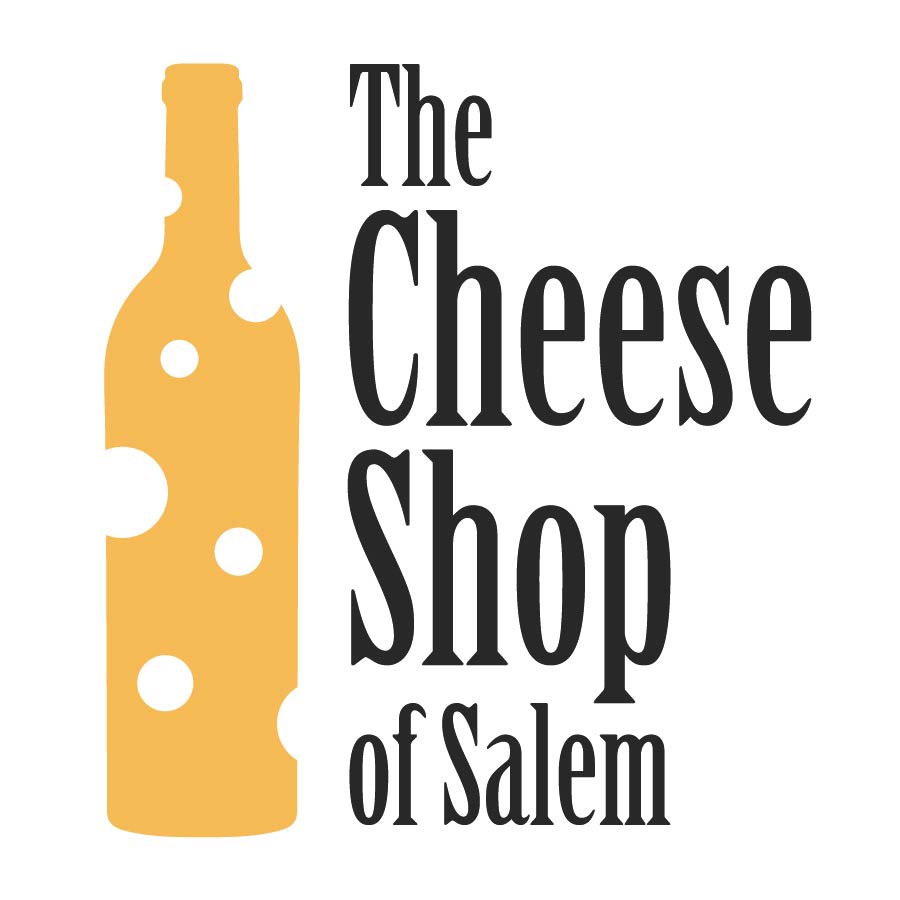Austrian Wines
Free tasting | Friday, January 12, 2018 | 5-7PM
Tomorrow we’re exploring wines from Austria, and if you love wine that expresses a sense of place, particularly a mountainous Alpine retreat, this tasting is for you! Alike to Germany, Austria is not just all about white wine, but has astounding red wines too, including wines from the unique red grapes of Blaufränkisch and St. Laurent. We live for weird wines like Blaufränkisch and St. Laurent, and you’ll get to try unique expressions of them tomorrow.
Most wine in Austria comes from the eastern side of the country by Vienna. Grüner Veltliner is the quintessential wine of Austria, comprising of 31% of total acreage, and is by far one of the best white wines to pair with ANY foods, thanks to the its naturally occurring compound: Rotundone. (Grüner Veltliner’s naturally high levels of Rotundone are up to 17 times the average person’s sensory threshold, even more than Syrah! Read more here!)
There was a time where Austrian wines’ reputation suffered due to the ‘antifreeze’ scandal in 1985, however, Austria responded by drafting some of the strictest wine laws in Europe and quickly refocused on quality. In a very short time, Austria has earned a renewed reputation as one of the top winemaking nations of the world. (Wine nerd fact: Austrian wine law defines three levels of quality: Wein, Landwein, and Qualitätswein. For more information, read here!)
NV Tinhof Sparkiling Rose, Eisenstadt – Burgenland, $27
100% Blaufränkisch. Eleventh generation winemaker, Erwin Tinhof studied viticulture and oenology at the University of Montpellier and trained at the great Mas de Daumas Gassac. He now has 14 hectares of vineyards in Eisenstadt, located in the north of Burgenland, and converted to all organics in 2008 and became certified in 2012. Erwin carefully dry-farms the estate, and there is no use of insecticides, herbicides or artificial fertilizers. After hand-harvesting the grapes, the wines are all made with minimal intervention in the cellar. This sparkling Blaufränkisch is dry with aromas of strawberry fields forever.
2016 Tinhof Bio Blanc – Burgenland, $23
From 55-year-old vines, this full-bodied blend of Grüner Veltliner and Riesling has ripe tropical aromas like pineapple and floral aromas of jasmine. An easy drinking white, with notes of white pepper, green peas, lime, and lemon. Tinhof Bio Blanc is the ultimate food-pairing white for all winter fare.
2012 Johanneshof, Spiegel Zierfandler – Niederösterreich, $26
Zierfandler is a white wine, however, it is also referred to as Spätrot, which means "late-red" due to the tendency of the grape skins to take on a reddish tinge the longer they hang on the vine. There are less than 100 hectares devoted to the grape in the Thermenregion appellation of Austria. On the palate, the wine is on the fuller, creamier side with fairly high acidity. It’s dry with flavors of apples, pears, citrus, almonds, and honeysuckle flowers with a bit of a bitter mandarin peel finish. Definitely unique and super special.
2014 Netzl, Carnuntum Cuvée Red Blend – Niederösterreich, $22
Christina Netzl is one of Austria's top young winemakers specializing in the Zweigelt grape in the eastern Carnuntum region. In the Carnuntum Cuvée, 40% Zweigelt pumps out bright red fruit, 40% Blaufränkisch gives intensity and structure, and 20% Merlot adds richness and spice. It has rich aromas of blueberries and white pepper, and is aged for 16 months in used oak casks.
2012 Wimmer-Czerny, St. Laurent – Niederösterreich, $26
A distant relative of Pinot Noir, St. Laurent is a grape popular in the Czech Republic and also thrives in the Wagram region between Kremstal and Vienna in northeastern Austria. Wimmer-Czerny is a 250-year-old, 40-acre Biodynamic winery that makes balanced, handmade wine with minimal intervention. Think of Pinot Noir and take it up a notch in the cherry, earth, and bramble berry and plummy notes.



